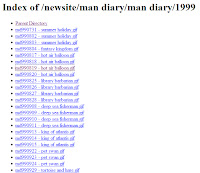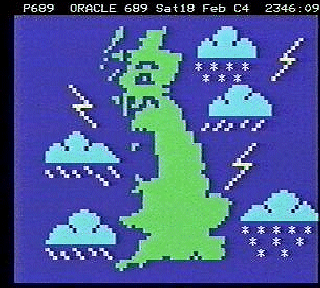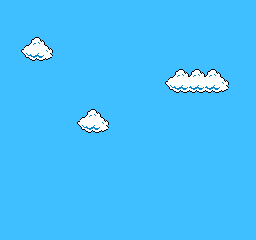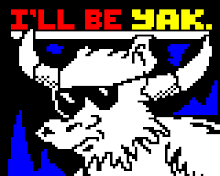"I can’t believe that the information revolution can go any further than this."
Not that the IOW is behind the times or anything. Thanks to Newsbiscuit for that 'story'.
From the depths of the Internet's formative years comes MrDaveo's distinctly 1990s webpage on Digitiser. More proof that the cult spread far and wide across the land, beamed into the front rooms of tens, nay thousands of television owners. That purple text is beginning to hurt my eyes.
Elsewhere, Mr Tanilsoo has another edition of his Estonian teletext up at Youtube:
From one of these news stories at least, it seems some parts of Estonian society are a little bit 'anti-digital'. Good on them.
And finally, I have to admit I was a 'ziner'. That is, I sent at least one letter to the Mega Zine, a surreal pre-Internetisation forum. Much like Digitiser this had a cult following but was created by its readers rather than an editorial team. It was the definitive teletext magazine service but It's all disappeared now. Everyone has moved to the Internet.




















































